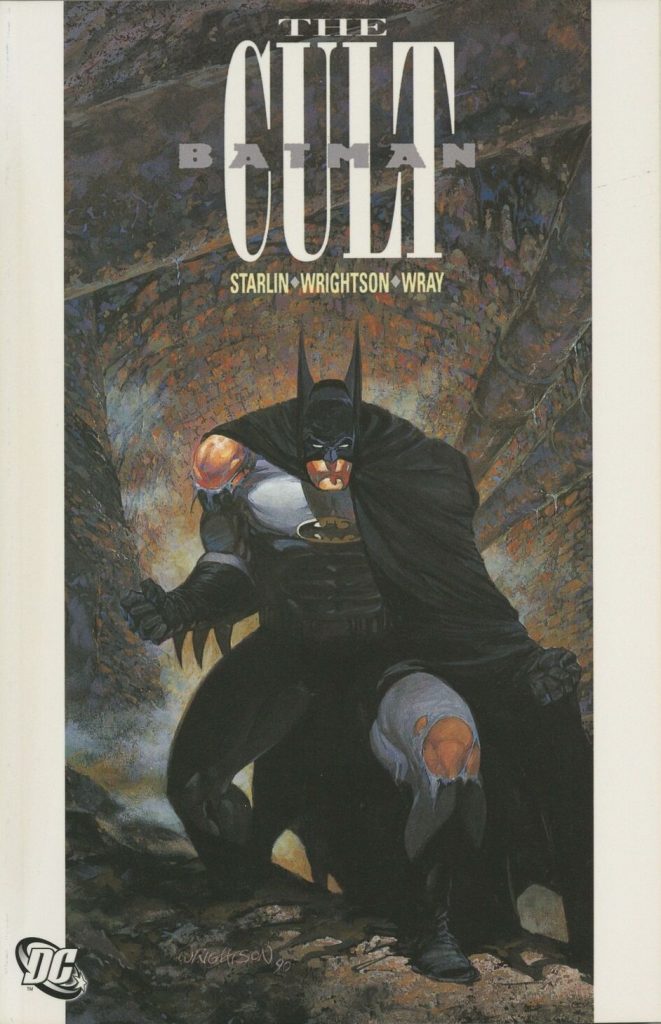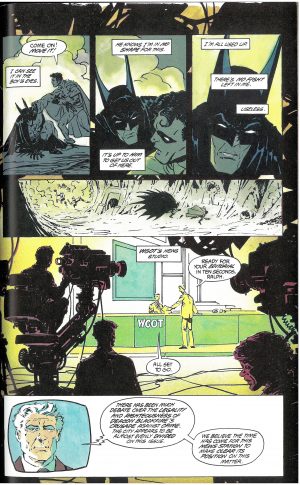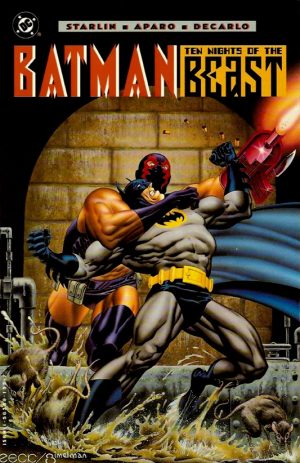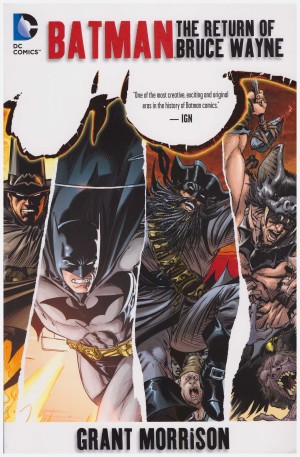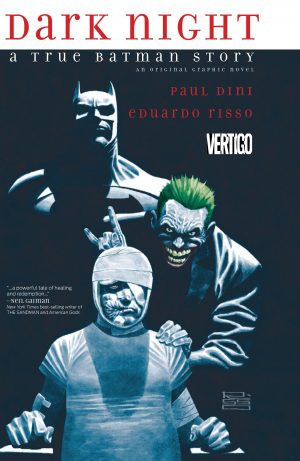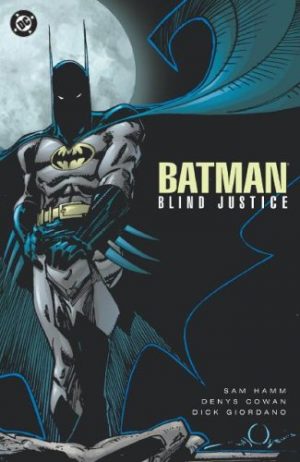Review by Bill Stone
First published in mid to late 1988 as a four part miniseries, Batman: The Cult appeared as the realities and uncertainties of modern life made their way into the comics world. The story concerns the takeover of Gotham City by a possibly supernatural, messianic leader, Deacon Blackfire who gathers his followers from the dispossessed, homeless and criminal elements of the city. Batman is captured, broken and brainwashed and participates in a killing before being rescued by Robin. Gotham is evacuated and is sealed off from the outside world and numerous atrocities take place within its confines as Deacon Blackfire consolidates his grip. Batman breaks back into the city in a new Batmobile and eventually manages a final confrontation with his captor.
The Cult caused a stir on its initial release as it was, and even today still is, spectacularly gory. The art of Bernie Wrightson and colouring of Bill Wray the equivalent of a horror flick that would give many people nightmares. A scene of Blackfire maintaining his life by bathing in blood dripping from bodies chained up above the pool would rival any slasher pic, and as such this is not a story advisable for any reader under 12.
There are many unintended parallels with the rise of the populist right across the USA and to a lesser, although increasingly evident, extent in the UK. A populist leader who claims that the established order is in the pocket of malign influences and gains ground level support for previously unthinkable actions whilst trumpeting his own version of truth had seemed unthinkable. Here in 2019, where truth is a mutable, highly personal concept rather than an absolute, decidedly less so. In his introduction Jim Starlin refers to and draws direct comparisons with the religious right and their willingness to apply censorship to literature and burn books. Deacon Blackfire explicitly speaks of using religion as a tool to garner power having previously unsuccessfully tried crime and politics. Who knows how powerful a mythical villain who harnessed all three could become.
Demolishing a superhero and defining his subsequent confusion and soul searching is a trick that’s been repeated over the years, but Starlin and Wrightson were there first. Although the idea of PTSD is touched on, a criticism could be levelled that the restoration of the hero is perhaps a little too pat, but we’ve been left in no doubt that Batman was brought to his knees and had just about given up. The panel when Batman relies on the boy Robin to drive their escape through the sewers from his captivity tells how low Batman has become.
Scenes of broadcast news giving information of the Blackfire uprising at first drag the story a little whilst paradoxically moving it along by delivering information, but they have a greater purpose, providing a shocking sequence. However, the issue of whether Deacon Blackfire really is an eternal remnant of the original Native Americans or is merely power crazed is a distraction that The Cult could stand without.
Despite those minor cavils, this is justifiably recognised a major contribution to the Batman canon and one that was clearly used by the writers and producers of The Dark Knight Rises. This can be heartily recommended. As long as you have a reasonably strong constitution…
